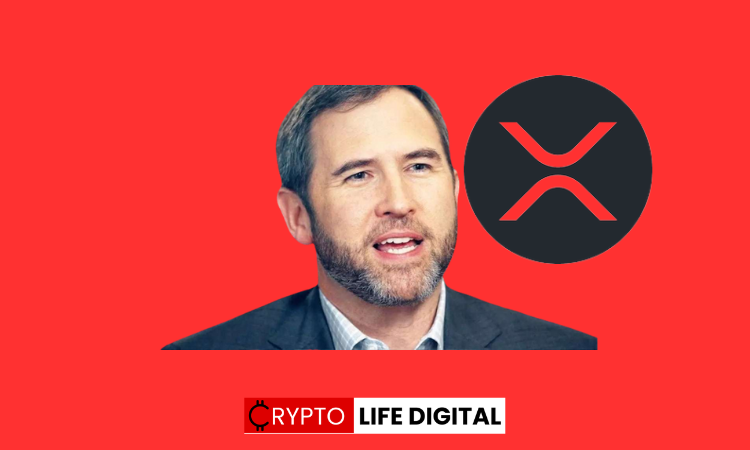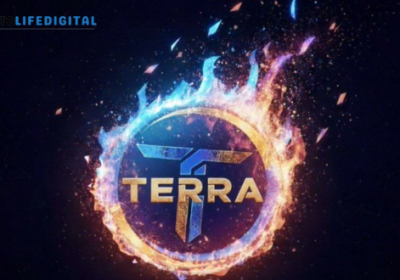Ripple Unveils Finance 2.0 Vision with $4 Billion Acquisition Strategy

Ripple CEO Brad Garlinghouse took center stage at the Swell 2025 conference in New York to announce an audacious new direction for the company—what he called “Finance 2.0.” This vision represents a next-generation financial framework that merges blockchain efficiency with institutional finance. Fueled by nearly four billion dollars in acquisitions throughout 2025, Ripple’s strategy signals its transformation from a payment-focused blockchain firm into a full-scale financial infrastructure provider capable of competing with global settlement networks like SWIFT.
Read Also: Dogecoin ETF Filings Spark Optimism as Whales Shift and Traders Bet on a Rebound
Strategic Acquisitions Redefine Ripple’s Reach
Among Ripple’s biggest moves this year was the one point three billion dollar acquisition of Hidden Road, a multi-asset prime brokerage that now powers Ripple Prime, a platform designed for institutional trading, custody, and settlement using XRP. The addition of Hidden Road allows Ripple to directly service Wall Street clients, providing crypto-enabled tools for major institutions such as Citi and JPMorgan.
In the same strategic vein, Ripple’s one billion dollar purchase of GTreasury—a leading treasury software firm—integrates the XRP Ledger into corporate payment systems and tokenized asset management. Complementary deals, including Rail for stablecoin infrastructure and Palisade for fintech custody, strengthen Ripple’s global footprint across institutional and corporate finance. Collectively, these acquisitions form the backbone of Ripple’s plan to unify traditional finance and blockchain into a single, scalable system.
Building the Framework for Institutional Adoption
Garlinghouse highlighted that Ripple’s acquisitions were not speculative but designed to embed XRP at the core of institutional liquidity and payments. Hidden Road’s integration of XRPL technology enables pilot programs for stablecoin settlements, with Ripple’s RLUSD token gaining traction among banks exploring blockchain alternatives to cross-border transactions.
Ripple’s recent five hundred million dollar funding round, led by Fortress and Citadel, values the company at forty billion dollars—underscoring growing confidence from the traditional finance sector. Garlinghouse framed the milestone as validation of Ripple’s leadership and a clear signal that blockchain-based finance is becoming mainstream.
Read Also: Terra Classic Revival Gains Strength with Record Staking and Aggressive Token Burns
Ripple’s Expanding Network and Institutional Partnerships
Beyond acquisitions, Ripple is strengthening its partnerships with major financial players like Mastercard, WebBank, and Gemini. These collaborations aim to advance RLUSD-based card settlements and corporate treasury solutions, showcasing blockchain’s capacity to outperform conventional systems in speed and transparency.
Holding seventy-five global licenses and over ninety-five billion dollars in annual payments volume, Ripple is now positioned as a key bridge between decentralized finance and institutional capital. Garlinghouse concluded at Swell 2025 that the future of finance “will not be built beside blockchain—it will be built on it.” With XRP trading above two dollars, the company’s Finance 2.0 vision marks a defining chapter in the evolution of digital assets and global finance.
Follow us on Facebook, Telegram, and Google News.

Dr. Olajide Samuel juggles the demands of medical studies with a passion for cryptocurrency. A seasoned blogger, Olajide shares his vast global knowledge of the crypto space, offering insights to enthusiasts. Despite his busy schedule, his commitment to crypto remains strong, and he actively seeks ways to contribute to its future.










